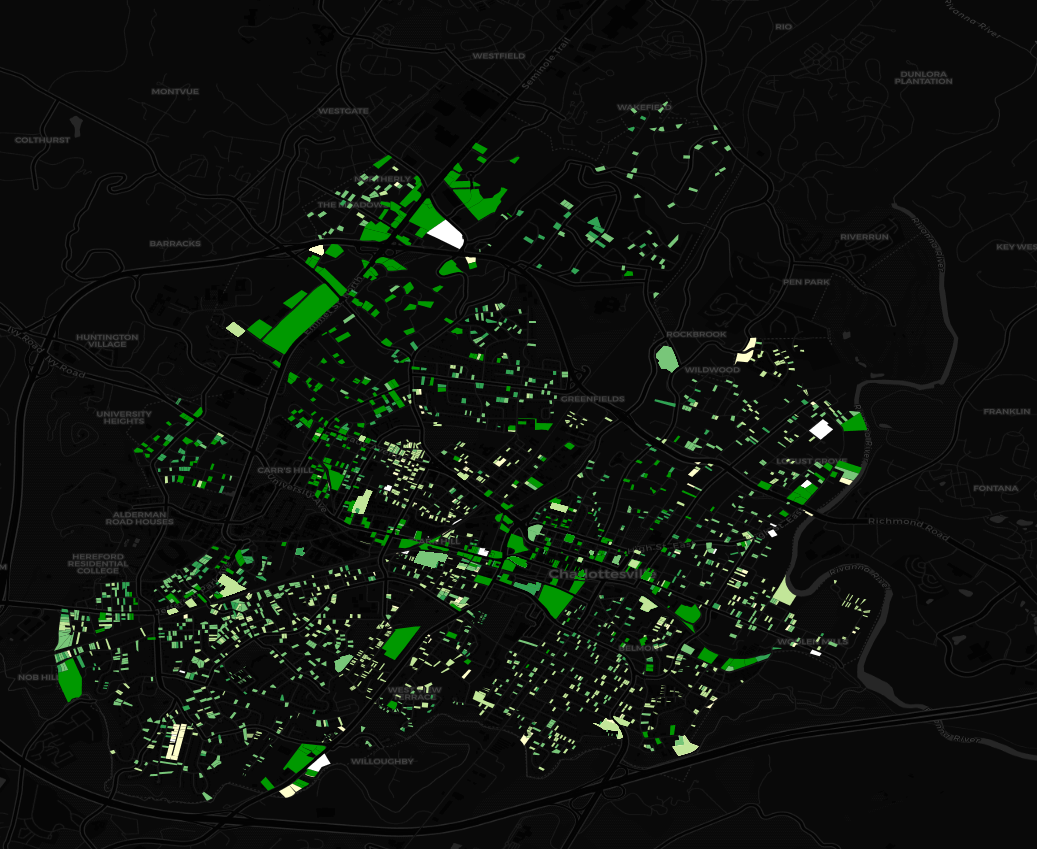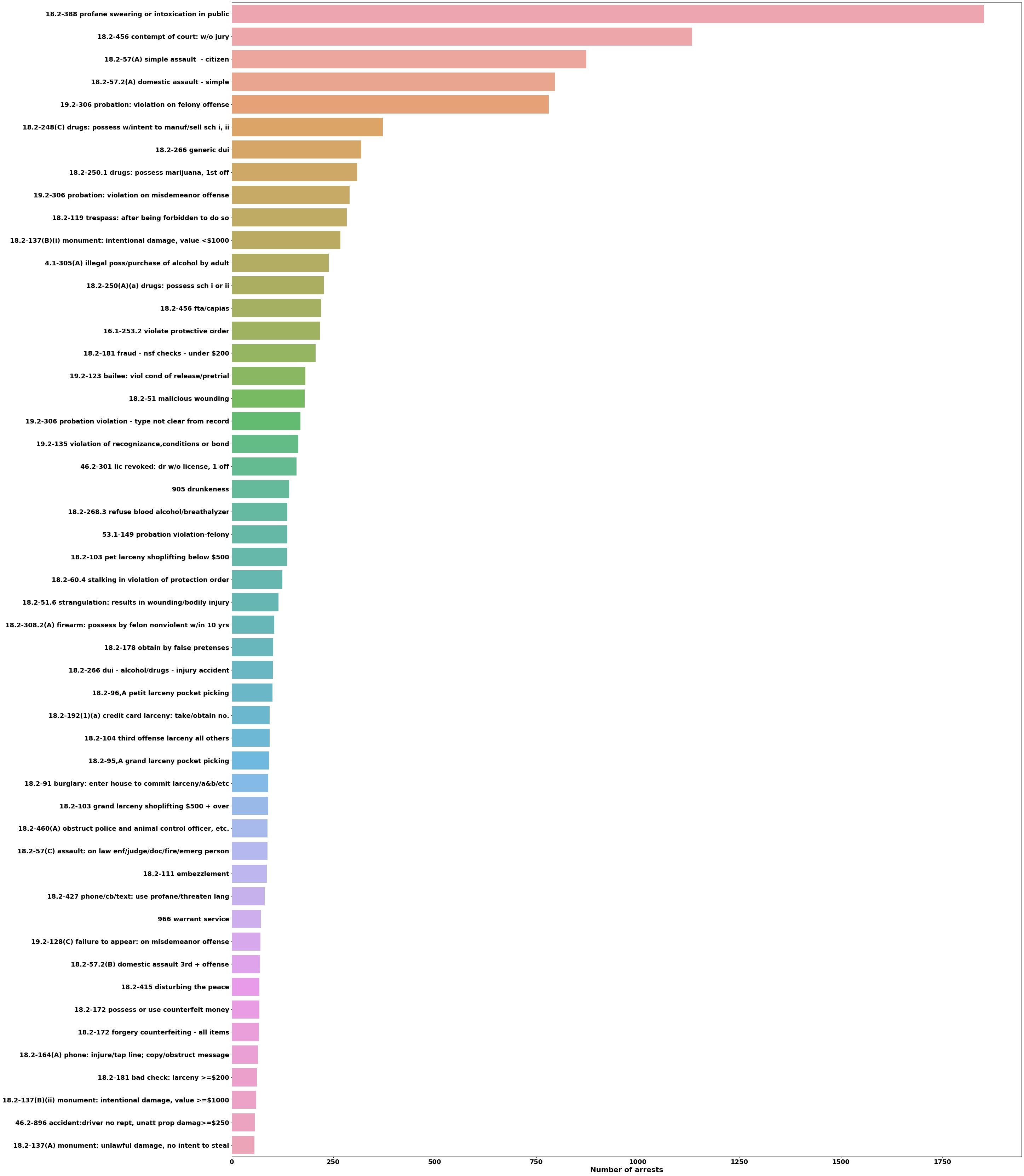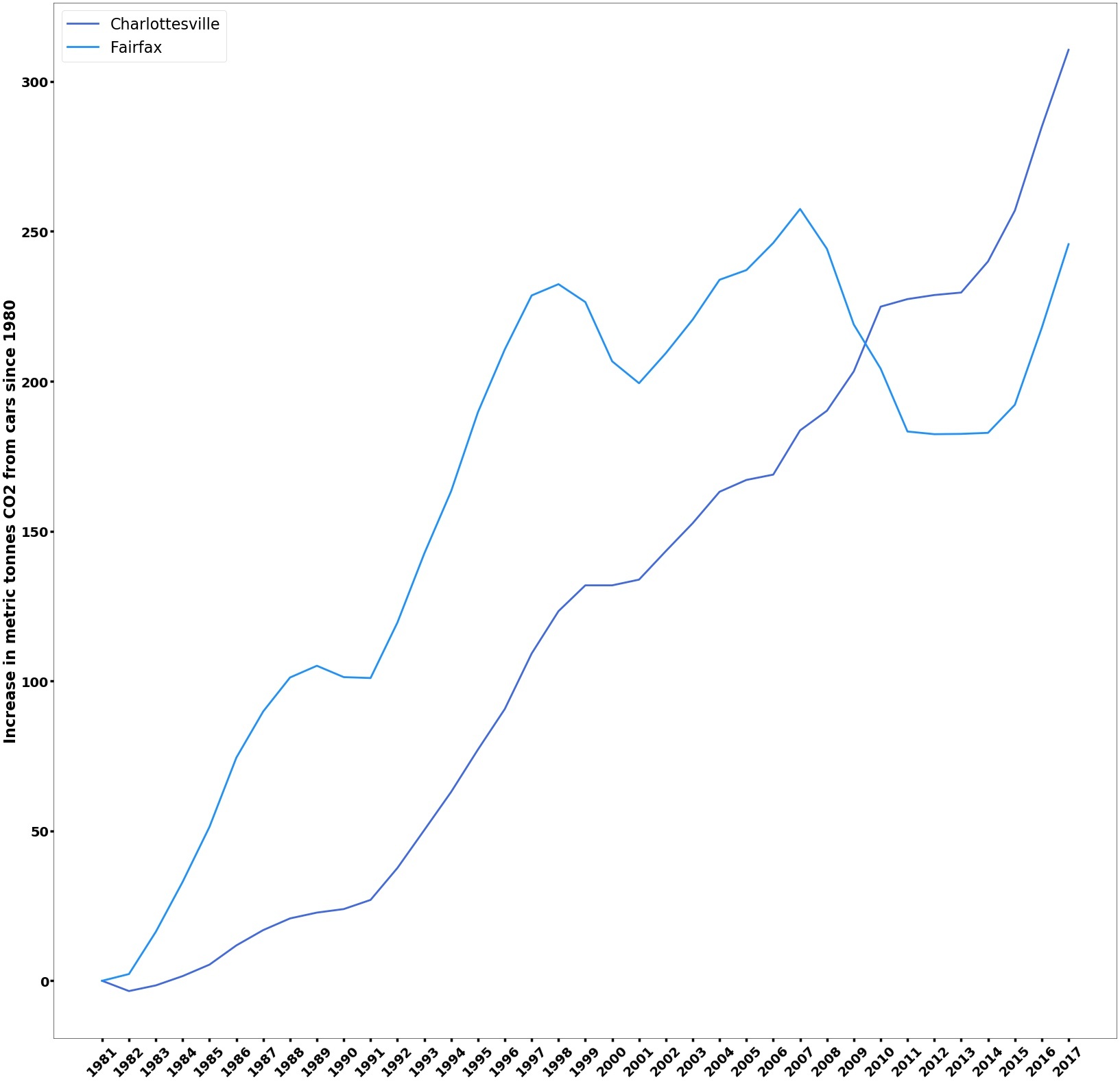GA-CCRi’s Charlottesville Hackathon
We recently celebrated the 30th anniversary of the founding of CCRi, and to celebrate that occasion and give back to our local community, we sponsored an internal hackathon for our staff one recent afternoon. The hackathon is one of the elements of our Innovation Lab program: we have begun selecting projects quarterly to support internal research and development by our staff to allow them to develop new skills, or apply skills they use less frequently, to challenges and problems they identify as important for our company or the community.
The theme of our inaugural Innovation Lab hackathon was “Charlottesville,” which let our staff explore their questions about the local region. We sourced the hackathon data from a number of open access public data stores including the City of Charlottesville’s Open Data Hub, an annual spatial estimate of CO2 emissions from vehicles, the US Census Bureau’s Longitudinal Employment data, and Virginia.org’s Wineries and Breweries directory. (Clicking any one of them will show you a larger version.)
Charlottesville Bicycle routes: current and future
As a bicycle-friendly business, a number of our staff are interested in having bicycle safe routes to CCRi and around town. Data scientist Jonathan Miller noted the number of planned bicycle lanes for the city of Charlottesville and asked “how will the distance to the closest bike lane change when these lanes are added to the current bike lane network?” With the current bike lane network in Charlottesville, some bike lanes are unconnected. Some parcels, and even neighborhoods, find themselves a significant distance from a bike lane as you can see below on the left:

Parcel ownership within the City of Charlottesville
Continuing with the Charlottesville-focused theme, Malcolm Maclachlan asked “how much of the property in Charlottesville is owned by people who live outside the city?” While the bulk of the property within the city limits is owned by Charlottesville residents, the parcels highlighted below have owners outside of the Charlottesville area. These large parcels are owned by a mix of development companies seeking approval for housing developments, property management companies planning to build large apartment complexes, and some commercial shopping mall properties such as Barracks Road Shopping Center.

Arrest locations within the City of Charlottesville
Data scientist Erin Ryan was interested in visualizing what statutes are cited in arrests to potentially compare to other cities within the Commonwealth. 519 different statutes were listed as reasons for arrest over a period of 5 years in Charlottesville. Those 50 statutes that were most frequently cited are shown below.

Evolution of Virginia air pollution
Expanding outwards, Vivek Dhand was interested in the change in on-the-road CO2 emissions in Charlottesville and other regions in Virginia (such as the Northern Virginia area), which have experienced similar growth. The Charlottesville area within the grey circle in the image below has seen a similar growth in CO2 emissions as areas such as Leesburg and Ashburn, yet is not part of the Commonwealth of Virginia’s mandatory emissions inspections region.

The Virginia Beer trail
A common reason Charlottesville and Central Virginia residents hit the road on the weekend is to visit their favorite craft brewery, cidery, or winery. Jake Kenneally mapped all the breweries in Virginia and merged that data with census block information on each brewery location.

Virginia job growth
Craft beer is not the only thing getting the citizens of Virginia on the road. Many commute between their places of work and home, and Sue He was interested in asking whether new jobs continue to be created in the same regions, or if new job centers have started to appear in suburbs where people have been living. Looking at data from 2005 and 2013, it does appear that there were some regions with job growth in areas where people lived, namely in the western suburbs of our neighbor of Richmond seen below in dark green.

CCRi and your data
With just a few hours, our employees were able to explore local data in new formats and different types than they may be exposed to in their normal working day at CCRi. If your group, local government, or business has location-based data you might be interested in exploring and getting greater insights from, we’d love to hear more about it.